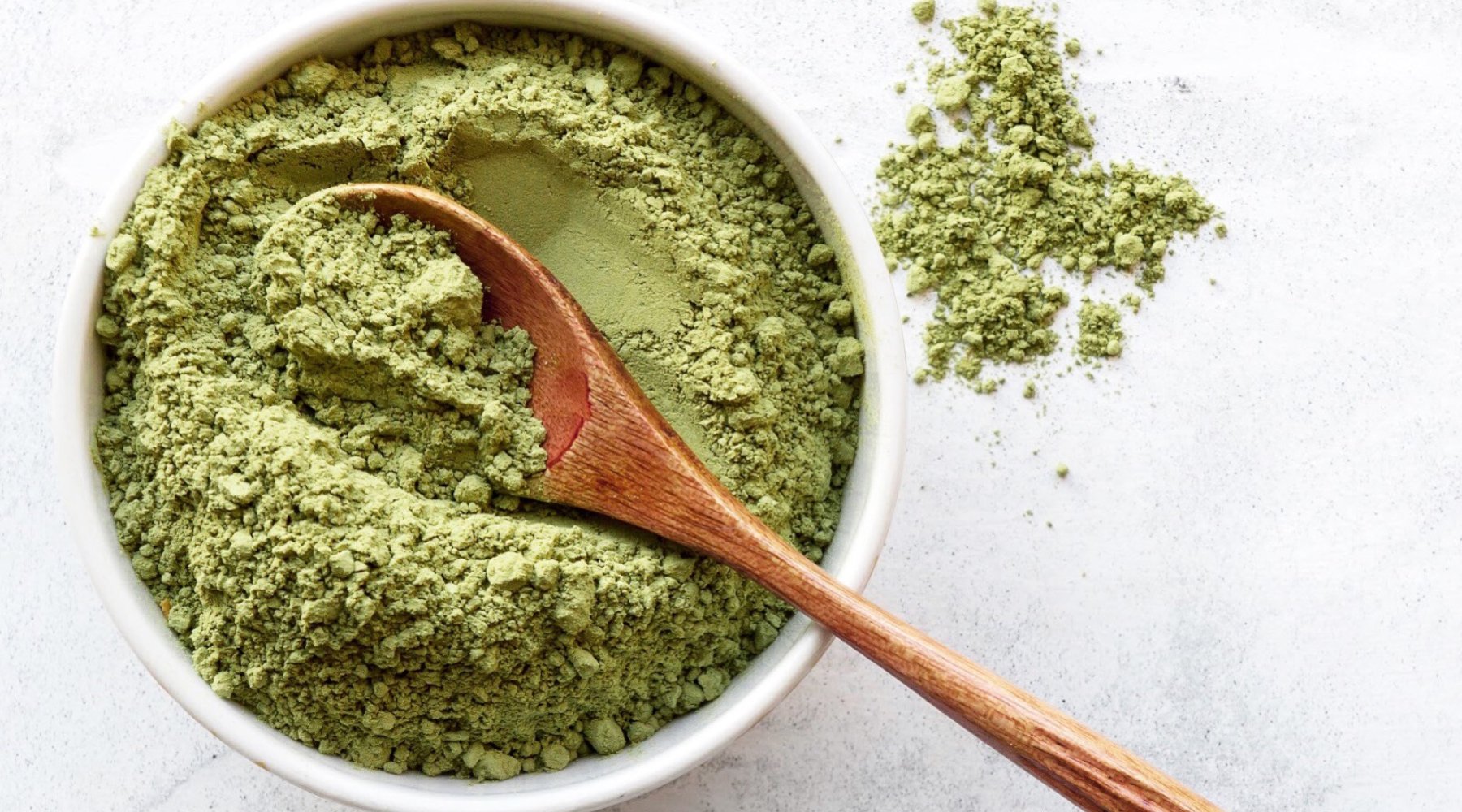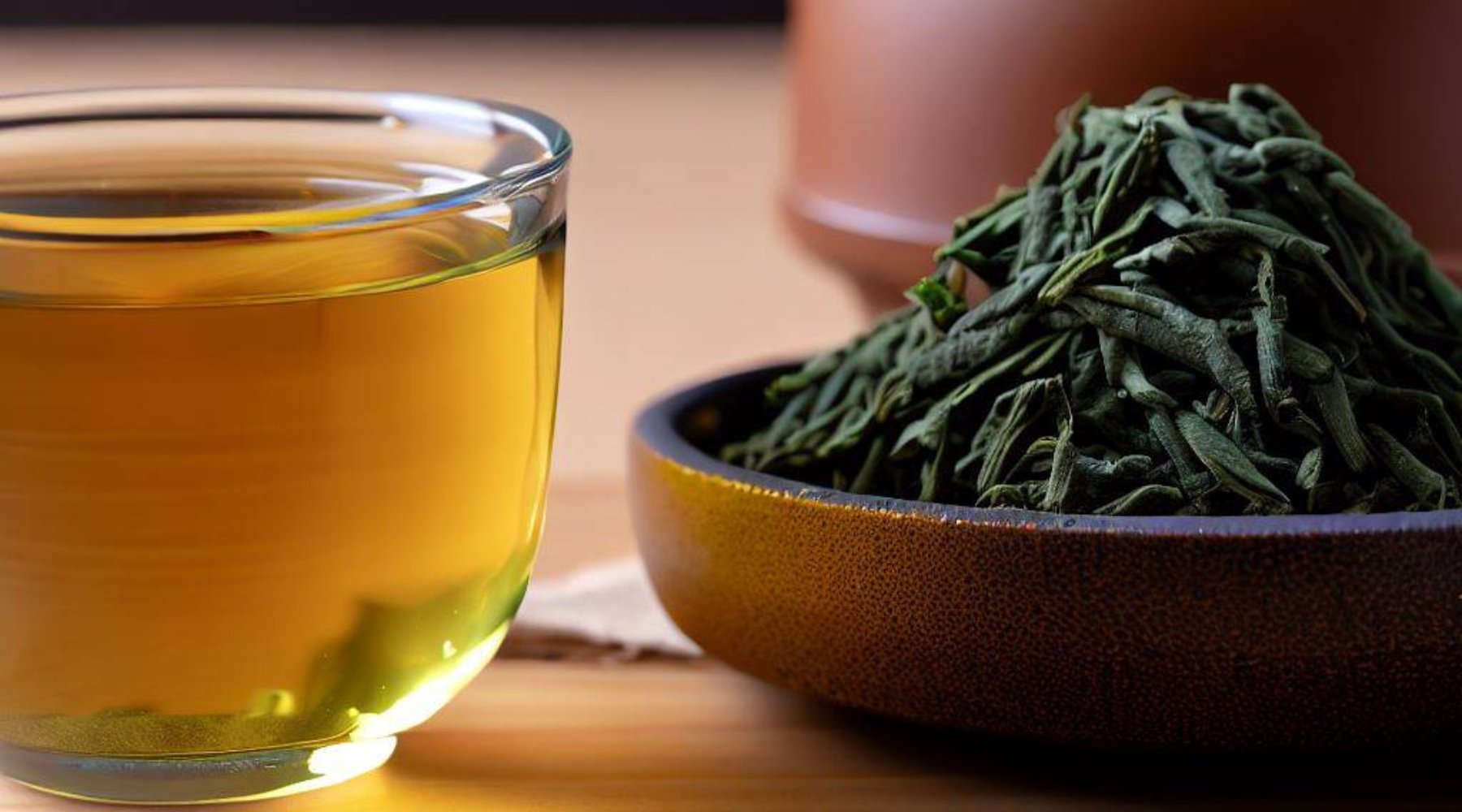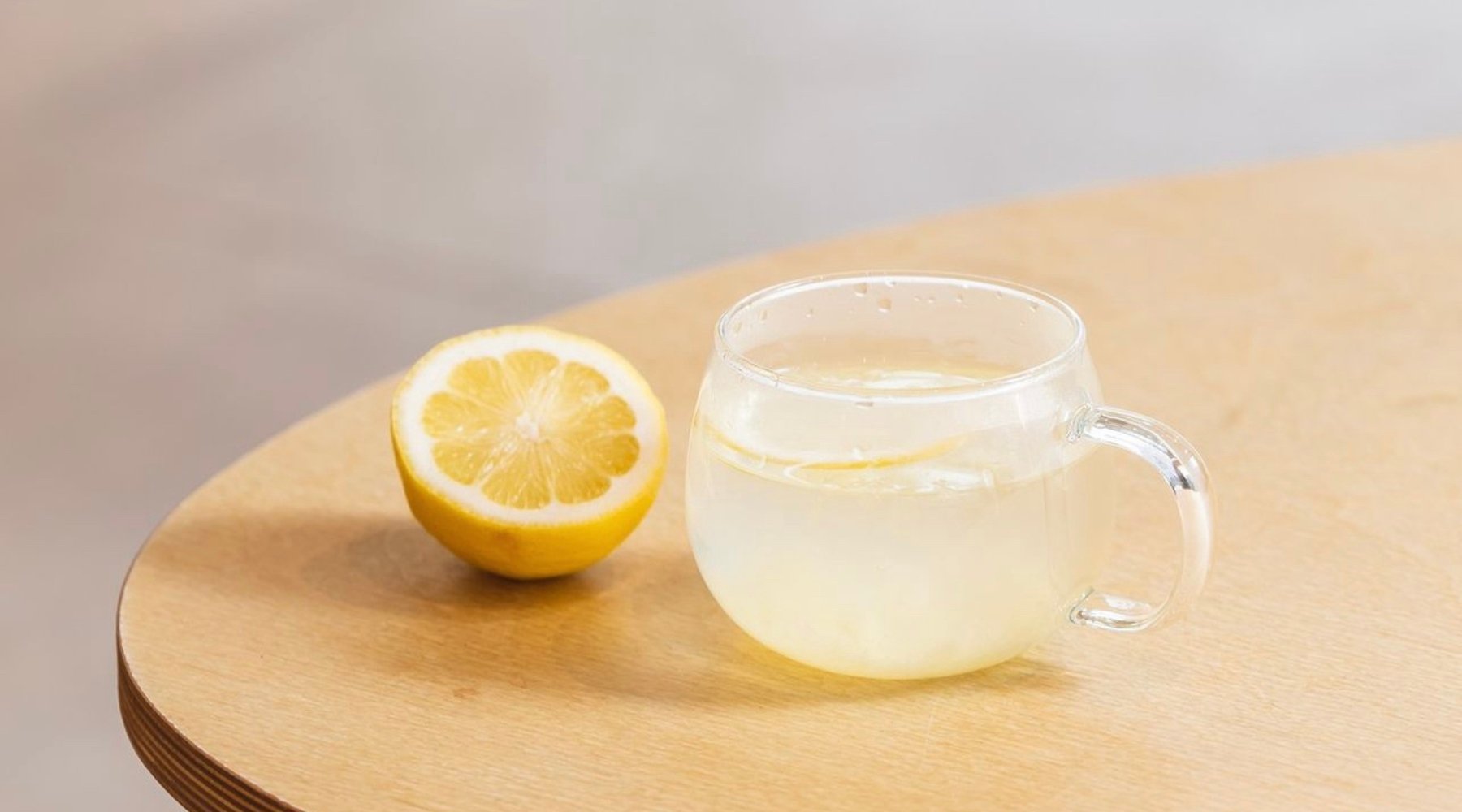
Matcha Tea: All You Need to Know
In recent years, a vibrant and captivating trend has been sweeping across cafes, kitchens, and mindful moments everywhere – across Australia too. We’d like to call it the “matcha phenomenon” – a verdant wave of flavour, culture, and well-being that has taken the world by storm.
You've likely spotted matcha tea on cafe menus, scrolled past it on social media, or perhaps even cradled a warm matcha latte between your palms, wondering about the story behind this vibrant green tea powder.
As you take a sip of that velvety green brew, you're not just experiencing a trend – you're delving into a centuries-old narrative that's being retold, revitalised, and embraced by a new generation.
In this blog, we'll unravel the threads that connect the ancient origins of matcha to its modern presence. We'll explore the craftsmanship that transforms tender leaves into the vibrant powder that graces your cup.
As we navigate through the artful preparation of matcha, you'll discover that this isn't just a passing fad – it's a meaningful encounter with a beverage that has stood the test of time, capturing the hearts and palates of those seeking a deeper connection to flavours, traditions, and well-being.
Recommended: Try Tavalon's Premium Matcha.

History of Matcha Tea
The captivating tale of matcha tea unfurls against the backdrop of ancient China, during the Tang Dynasty (618-907 CE). This era witnessed the blossoming of tea artistry and innovative preparation methods. Tea leaves were transformed into compressed cakes, a technique that would lay the foundation for matcha's journey.
These tea cakes, known as "tea bricks" or "pressed tea," were crafted by steaming fresh tea leaves to soften them. The leaves were then compressed into compact forms, making them suitable for easy storage, transport, and trade.
These tea cakes held great significance beyond their practicality; they were symbols of culture, trade, and social connections.
As the maritime Silk Road connected civilizations, these tea cakes made their way to Japan, alongside the spiritual teachings of Zen Buddhism. Buddhist monks, in particular, were drawn to the calming effects of tea consumption. This marked the initial introduction of tea to Japan, igniting a cultural transformation that would evolve over the centuries.
The Japanese, renowned for their meticulous attention to detail and reverence for nature, recognised the potential of tea beyond its utilitarian aspects. With time, they set out on a journey of refinement and innovation; they elevated tea preparation to an art form that would resonate through the ages.
From Compressed Cakes to Powdered Tea
The transformation of tea into matcha began with a shift from compressed cakes to powdered tea. The process involved drying and grinding the tea leaves into a fine powder, creating a concentrated form of tea that could be whisked into a frothy elixir. This innovation paved the way for the development of matcha as we know it today.
However, it was within the serene embrace of Zen Buddhism that matcha found its true calling. The meditative practices of Zen monks sought a state of focused calm, and matcha's unique properties proved to be a perfect aid in achieving this state.
The synergy between the amino acid L-theanine and caffeine, along with matcha's vivid green colour and rich flavour, made it an ideal companion for meditation and mindfulness.
As Zen Buddhism and the practice of matcha spread, a distinct Japanese tea culture began to take root. The elaborate tea ceremonies, known as "chanoyu" or "sado," emerged as a way to celebrate the art of tea and its profound impact on the mind and spirit.
These ceremonies became a testament to the deep connection between tea, contemplation, and cultural expression.
How Matcha Tea Is Made

The journey of matcha begins in lush tea fields. Camellia sinensis plants, the original tea plants, thrive in these fields. These carefully tended plants are the wellspring of matcha's vibrant essence.
Prior to harvesting, the tea bushes undergo sheltering beneath bamboo or straw, a practice known as "tana." This shading technique nurtures the plants, slowing their growth and encouraging the production of chlorophyll, which imparts matcha's vivid green hue.
The artistry of matcha creation goes beyond that and requires the precise plucking of the tenderest leaves. Expert hands select the topmost leaves and buds, ensuring they possess the utmost tenderness and vibrancy. These young leaves are to shape matcha's nuanced flavour and aromatic profile.
Once gathered, the leaves are steamed to halt oxidation, preserving their verdant colour and arresting any enzymatic activity.
Next, a gentle process of air-drying follows, allowing the leaves to maintain their integrity and unique qualities. During this stage, the veins and stems are meticulously removed, leaving behind only the purest essence of the leaves.
What emerges is a treasure: "tencha" – whole tea leaves of exceptional character.
The crowning touch lies in the final and most exquisite phase: stone grinding.
With unwavering dedication to tradition, the tencha leaves are placed within traditional granite stone mills. The grinding process, often taking an hour for just 30 grams of matcha powder, is a harmonious union of ancient technique and modern precision.
This method ensures that the leaves are ground into an ethereal, emerald-hued powder – matcha tea in its truest form.
Traditional Preparation of Matcha Tea

Matcha's preparation is a unique experience, with deep roots to the Japanese tea culture, a ritual that transcends time. A small amount of matcha powder is carefully sifted into a bowl.
Water, heated to a precise temperature, is added to the bowl. With a bamboo whisk called a "chasen," a graceful and deliberate whisking motion transforms the matcha powder and water into a frothy, velvety infusion.
Preparing matcha is more than just making tea. It's an artful process that involves elements of meditation and mindfulness. The resulting brew boasts a vivid colour and complex flavour. As you sip, you partake in this tradition, connecting with centuries of reverence.
Basic Matcha Teaware
To start your matcha experience, consider having a few essential tools. The "chawan" or matcha bowl serves as the vessel for the tea. Its wide shape allows for easy whisking and an immersive experience. The "chasen," a delicate bamboo whisk, transforms the tea into a frothy, velvety potion.
The "chashaku," a bamboo scoop, measures the perfect amount of matcha powder, ensuring a harmonious brew. These tools, steeped in tradition, enhance the overall matcha experience.
Matcha Tea Grades
When you enter the world of matcha, you'll soon discover that it comes in various grades. Each offers a unique taste experience.
Ceremonial-Grade (The Finest and Purest)
At the highest point of this gradation, there is the ceremonial-grade matcha, also known as "koicha" (thick tea). This classification epitomises matcha's core characteristics and finds its prominence in traditional Japanese tea ceremonies. In these time-honoured rituals, every action and sip holds deep significance.
Ceremonial-grade matcha commands attention with its vivid green hue, a result of meticulous cultivation and preparation. Whisking this matcha tea yields a creamy, umami-laden beverage that glides over your taste buds, evoking both captivation and a sense of transcendence.
Premium-Grade
Next on the spectrum is premium-grade matcha. It draws its character from young tea leaves delicately plucked from the uppermost reaches of the tea plant. This grade's verdant colour mirrors the freshest greens of nature.
Premium-grade matcha is an exquisite choice for daily consumption. Whether you're a matcha lover or just a beginner, this grade of powdered green tea offers a fresh and inviting experience that resonates with every sip.
Culinary-Grade
On the opposite end of the matcha spectrum, we find culinary grade matcha, known fondly as "usucha."
Culinary-grade matcha boasts a slightly bolder flavour profile that imparts depth to a delightful array of creations, such as intricate latte designs, matcha-infused smoothies, and baked goods.
Culinary-grade matcha powder is the most economical choice among the range. It finds its place primarily in culinary applications such as cooking. The flavour profile tends to lean slightly towards bitterness, due to factors like sourcing from leaves positioned lower on the tea plant, unique environmental conditions, the timing of harvest, or specific manufacturing methods.
Location of Leaves on the Tea Bush as a Clue to Taste & Quality
The youngest leaves on the Camellia sinensis plant boast a vibrant green hue and a delicate flavour profile. These leaves are rich in amino acids, particularly L-theanine, which contributes to matcha's calming effects.
The top leaves also have the highest chlorophyll content, lending matcha its distinctive colour. This careful selection and attention to leaf placement enhance both taste and quality.
Obviously, as we move toward lower, older tea leaves, the flavour becomes bolder and more bitter, affecting the quality of the resulting green tea powder.
What Does Matcha Tea Taste Like?

With the first sip, a luscious creaminess envelops your palate, followed by a delicate balance of vegetal notes. The umami undertones, a result of the amino acid L-theanine, provide a unique savoury dimension. A subtle hint of sweetness ties it all together, leaving a lingering, satisfying finish.
The flavour profile of matcha is characterised by its frothy and earthy notes. Superior quality matcha exhibits a deep, rich green hue, mirroring its distinctly "green" taste.
The taste of pure matcha can be an acquired preference for many individuals. We suggest starting with a milder concentration and gradually increasing as your palate adapts to the unique nuances of matcha.
If you notice the unadulterated powdered green tea doesn't align with your taste preferences, consider indulging in it as a latte. High-quality matcha powder harmonises beautifully with your preferred milk or milk alternative, coupled with a touch of sweetness.
For added convenience, numerous matcha brands offer sweetened variations to suit different tastes.
Try Tavalon’s Matcha Latte Mix, which comes sweetened so extra sugar is unnecessary, but feel free to add more to your taste.
Does Matcha Have Caffeine?
Matcha's caffeine content, while high, tends to be milder than that of coffee. Depending on various factors such as the type, brand, and processing techniques, matcha typically contains around 19 to 44 milligrams of caffeine per gram (mg/g). This range allows you the flexibility to choose matcha that aligns with your energy preferences and supports your daily rhythm.
Health Benefits of Matcha Tea
Is matcha healthy? Is matcha good for you? These are the first questions that immediately pop up in the minds of those new to this amazing drink. And the answer to both questions is "yes!"
When you enter the world of matcha tea, you'll not admire its exquisite flavour and vibrant culture but also a potential array of health benefits.
It's important to tread this path with an awareness that while intriguing research exists, further studies are often needed to illuminate the full spectrum of matcha's contributions to well-being.
And remember, the insights shared here are not a substitute for medical advice but rather a glimpse into the potential ways matcha may enhance your holistic health.
With that understanding, let's delve into the enriching aspects that make matcha a potential ally in your pursuit of well-being.
A Powerful Source of Antioxidants
Matcha is a remarkable repository of antioxidants, which play a vital role in shielding your body against oxidative stress. Its lush green hue is a visual testament to its high content of catechins, particularly epigallocatechin gallate (EGCG), known for their potent free-radical-fighting abilities.
Antioxidants contribute a great deal in counteracting harmful free radicals, which can lead to chronic illnesses by damaging cells.
As the tea plants intended for making matcha are grown in shade, its catechin content is lower upon harvesting. However, dissolving matcha in water boosts its catechin production by threefold, making it a potent source of goodness.
Adding matcha into your dietary regimen has the potential to elevate your antioxidant intake. This, in turn, could contribute to safeguarding cells from damage and potentially reducing the risk of various chronic illnesses.
Improving Liver Health
Your liver, a resilient guardian of your body, may benefit from matcha's potential protective effects. Some research suggests that matcha's bioactive compounds may assist in promoting liver health and enhancing its detoxifying functions, as well as processing drugs and nutrients.
In 2020, experts observed that matcha powder might lower liver enzymes in individuals with nonalcoholic fatty liver disease (NAFLD), but it could potentially increase liver enzymes in those without NAFLD.
We'll need additional research to explore matcha's effects on the broader population, as current studies primarily focus on animal-based investigations involving green tea extract.
Enhancing Brain Function and Focus
The combination of caffeine and L-theanine, a unique amino acid present in matcha, creates a perfect balance. This synergy fosters a state of alert tranquillity, promoting enhanced focus, concentration, and cognitive function.
A small-scale study indicated that the consumption of 2 grams of green tea powder daily over a span of 2 months contributed to enhanced cognitive function among older individuals.
Matcha boasts a higher caffeine concentration compared to traditional green tea. The caffeine content in green tea typically ranges from 11 to 25 milligrams per gram (mg/g), while matcha features a higher range of 19 to 44 mg/g, depending on factors such as type, brand, and processing methods.
Boosting Heart Health
Your heart, the rhythmic centre of your being, deserves the utmost care. Matcha offers compounds that may contribute to heart health, including the potential to regulate blood pressure and improve lipid profiles.
Consuming green tea seems to lead to a reduced risk of cardiovascular disease in comparison to coffee. Additionally, research hints at its potential to lower the risk of hypertension and related complications in individuals with heart conditions.
Matcha powder shares similar compounds with green tea, sparking suggestions of comparable advantages. Nonetheless, it's worth noting that an animal study has introduced a contrasting perspective on this assertion.
Guarding against Cancer
Matcha's potential in aiding the prevention of cancer has gained the attention of researchers. While studies are ongoing, the rich concentration of antioxidants in this green tea powder, particularly EGCG, holds promise in combating the cellular changes associated with cancer.
Contributing to Weight Loss
For those seeking a healthier weight, matcha offers a natural partner in your efforts. Its combination of catechins and caffeine may gently support metabolic processes, encouraging a balanced approach to weight management.
A study conducted in 2020 concluded that when combined with dietary adjustments and physical activity, a daily intake of up to 500 mg of green tea over a 12-week period could potentially lead to a reduction in body mass index.
While the majority of studies have centred around green tea, it's important to note that matcha originates from the same plant and encompasses comparable compounds.
Conclusion
In conclusion, the matcha phenomenon is not just a fleeting trend but a timeless journey that bridges ancient traditions with modern wellness. Matcha's origins trace back to the Tang Dynasty.
Japan's tranquil tea ceremonies embody matcha's cultural significance. Matcha powder represents a harmonious blend of culture, mindfulness, and well-being.
The different grades of matcha, from ceremonial to culinary, offer a spectrum of flavours and applications.
Its health benefits add to its enduring appeal. So, as you embrace the matcha experience, remember that each sip is not just a taste of a trendy beverage but a connection to centuries of reverence, craftsmanship, and the pursuit of holistic well-being.






Leave a comment
This site is protected by hCaptcha and the hCaptcha Privacy Policy and Terms of Service apply.